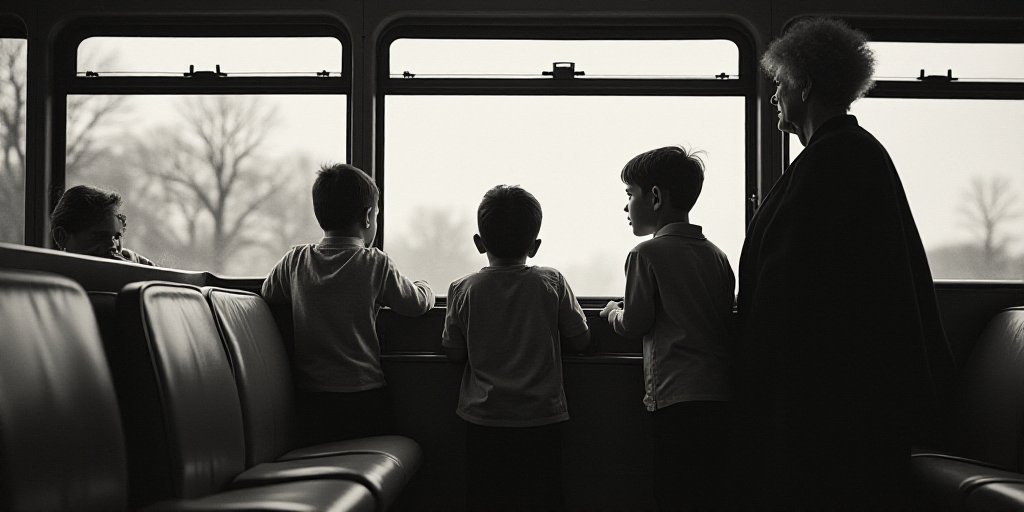Background on Indigenous Population in Latin America
According to data from the World Bank cited by FILAC and UNICEF, nearly 80% of the indigenous population in the region resides in Mexico, Guatemala, Peru, and Bolivia. There are approximately 5.8 million indigenous people in Latin America and the Caribbean, with 18 million being children, adolescents, and youth, as stated in the report.
Indigenous Children Facing High Levels of Poverty
Despite progress in Latin America over the past few decades, indigenous children, girls, boys, and adolescents continue to face disparities in areas such as health, nutrition, and education. The Fondo para el Desarrollo de los Pueblos Indígenas de América Latina y el Caribe (FILAC) and UNICEF released a report highlighting the persistent inequalities and widening gaps affecting indigenous communities.
The report states that indigenous children and youth have the highest poverty rates in the region. In 2020, nine out of ten Mexican children speaking an indigenous language were living in poverty, with five of them experiencing extreme poverty.
Critical Issues Facing Indigenous Communities
The report focuses on critical issues such as survival, health and development, climate change, gender equality, and education. It reviews documented data and testimonies from indigenous children and adolescents.
- Health Concerns: Indigenous populations experience higher maternal and infant mortality rates compared to non-indigenous populations. Barriers to cultural and geographical access to healthcare services persist.
- Child Mortality: Indigenous children under five face a higher risk of mortality than their non-indigenous peers in countries with available data.
- Education Disparities: There are significant gaps in access to education, as well as quality and relevance of teaching methodologies and educational content. Indigenous students in sixth grade, on average, score 38 points lower than their non-indigenous counterparts and have higher rates of repetition.
Insufficient Implementation of Intercultural Bilingual Education
The report points out that the implementation of intercultural bilingual education remains insufficient, contributing to these disparities.
Key Questions and Answers
- What is the indigenous population’s distribution in Latin America? Nearly 80% of the indigenous population resides in Mexico, Guatemala, Peru, and Bolivia.
- What are the main issues faced by indigenous children in Latin America? Indigenous children suffer from high poverty rates, poor health outcomes, and limited access to quality education.
- What does the report highlight about health disparities? Indigenous populations have higher maternal and infant mortality rates, as well as increased child mortality compared to non-indigenous populations.
- What are the education disparities mentioned in the report? Indigenous students have lower test scores, higher repetition rates, and face insufficient implementation of intercultural bilingual education.






